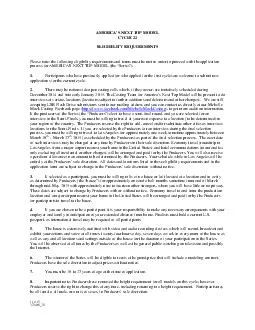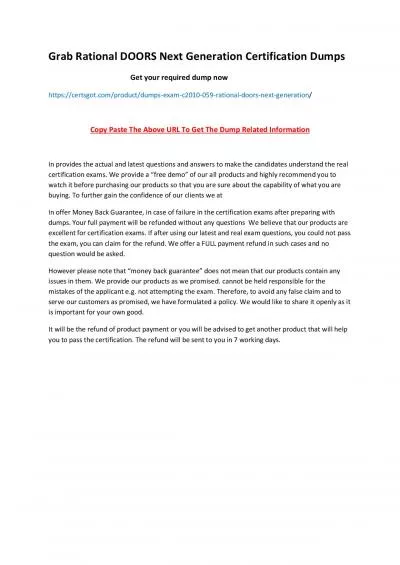PPT-The next generation of genomicists
Author : WickedlyCool | Published Date : 2022-08-02
Gerald J Wyckoff Training modes Are we training genomicists to deal with the right problems Are the training modalities were using proper What questions should
Presentation Embed Code
Download Presentation
Download Presentation The PPT/PDF document "The next generation of genomicists" is the property of its rightful owner. Permission is granted to download and print the materials on this website for personal, non-commercial use only, and to display it on your personal computer provided you do not modify the materials and that you retain all copyright notices contained in the materials. By downloading content from our website, you accept the terms of this agreement.
The next generation of genomicists: Transcript
Download Rules Of Document
"The next generation of genomicists"The content belongs to its owner. You may download and print it for personal use, without modification, and keep all copyright notices. By downloading, you agree to these terms.
Related Documents










![[READ] - Next-Generation ACCUPLACER Secrets Study Guide: ACCUPLACER Practice Test Questions](https://thumbs.docslides.com/902844/read-next-generation-accuplacer-secrets-study-guide-accuplacer-practice-test-questions-and-exam-review-for-the-next-generation.jpg)



